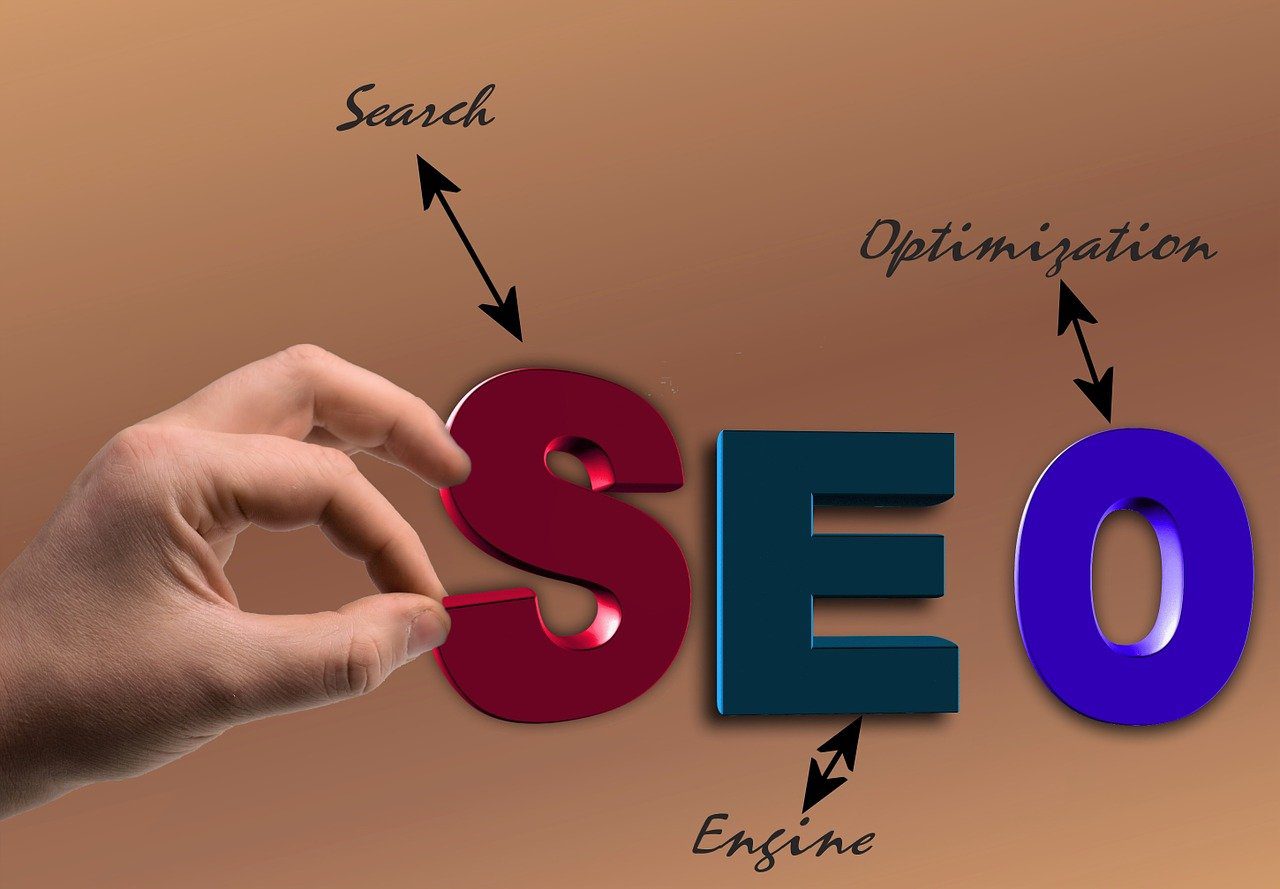The act of increasing your website’s ranking in search engine results which are not paid for is the very definition of SEO marketing. Consider your own actions. What do you do when you need to find a new laptop, learn how to weave, or contact a skilled plumber? When you visit Google, you enter a question or a few words. These terms are “keywords”; they describe the actual link that connects your solution to an user requirement. When the correct person is on that platform, SEO is the effort you undertake in order that your website is the one that gets over. It is supported by three main pillars:
Technical SEO: The structure of your house foundation. Is it a strong structure? Is the water supply working? Is it easy for users (and crawlers of search engines) to travel between rooms? This relates to the structure of your website and general health.
Content: The property worth, decoration, and design of the interior. These are the goods, services, and information you provide. Is it worth anything? Are your visitors searching for it?

Off-Page SEO: Your local standing. Are you referred to and linked to by other reliable businesses and websites? The main goal is here to develop backlinks. Your SEO approach will be shaky if you ignore even one of them.
Why Too Much Trouble? Natural Google’s Amazing Return on Investment
“Why can’t I just run Facebook ads?” In many situations, you can and will. SEO, however, is more. It is not a one-time cost, but a long-term value. The main benefit is that it is based on intention. A Google ad click could startle a persons attention a little. A person who types “best flexible office chair for back pain” is trying to make money. They are actively trying to use their money to address the problem. When people are ready to talk to you, SEO puts you in front of it.
It Creates Long-Term Traffic: Paid ads cease to function right away as you stop making pay. For years to come, a highly ranked product page or article may supply you with free traffic every day of the year. For your presence on the internet, it is compound interest.
It Increases Respect and Trust: Let’s all face it, we have trust in Google’s technology. The top natural outcomes are automatically seen by us as more credible and powerful than the very top ads. A high ranking is a strong sign of reliability.
It is Cost-Effective: While SEO calls for a time or money investment over time, the cost per client is usually far less than that of paid advertising. Building an engine that produces clicks is what you are paying for, not every time you click.
Your Successful SEO Strategy: Hard Work, No Magic Tricks
Are you prepared to begin? Don’t worry about hidden hackers. Best practices are the basis of long-term SEO success. Your playbook is here.
Step 1: Create the Technical Base (Repair Your Plumbing)
Even with the finest content in the world, it will have no effect if Google cannot reach and understand your website.
Site Speed is Non-Negotiable: A fast website is a dead site in a world when people have short attention powers. To identify and address problems, use programs like GTmetrix or or Google PageSpeed Tools. Use browser caching, reduce the size of your photos, and look into a better hosting company.
Everything is Mobile First: Google analyzes and ranks your website mostly using the mobile version. You will not score well if your website is inactive, sluggish, or difficult to use on a mobile device. For a period.The small lock symbol that displays next to your website’s URL is an SSL certificate (HTTPS). It promotes a safe relationship. It is a fundamental ranking signal that greatly improves user confidence.
Crawlability: Is your website easy for Google’s bots to use? To point them, use a robots.txt file and a basic sitemap (yoursite.com/sitemap.xml). Make sure the design of your website makes logic (a clear menu structure with a logical structure).

Step 2: Develop Your Keyword Research Skills (Pay Attention to Your Customers)
When you have no idea what people are looking for, you cannot show results in searches. The purpose of keyword study is to understand the language of your target audience.
Explore Topics, Not Just Keywords: In place of focusing just on “running shoes,” consider the topic “introductory running.” Topical keywords like “the right way to choose running shoes,” “best running shoes for level feet,” and “how to start running” have been included in more natural language as a result.
Recognize User Intent: Group terms according to the user’s true desires.”How to fix a leaking tap,” “what is SEO.” They are looking for an article or guidance.
Commercials: “Best vacuum cleaner in 2024,” “MacBook Pro vs. Surface Laptop.” (They are doing research to purchase).
Transactional: “electrician near me,” “buy Nike Air Max online.” They are ready for the buy.
• The aim need to be expressed on both your page and its text.
Make Use of the Correct Tools: Google’s keyword tool, which is free with a Google Ads account, is a good place to get started. Strong premium tools Ahrefs, Semrush, and Moz provide free versions with limited searches. Research is excellent when you only type the word into Google and check the “People also ask” and “Related searches” sections.
Step 3: Produce Content Deserving of Ranking (The King Remains King)
The keywords you use are transported by your content. However, it has was made with people in mind, not search engines.
Solve Issues and Provide Answers: Your main objective is to provide the best response to the question asked of your target audience. Be complete, clear, and supportive.
Structure for Readability: Divide information into short paragraphs, bullet points, powerful language, and headers (H1, H2, and H3). A huge block of text is not something anybody wants to take in. This aids Google in understanding the background of your material as well.
Enhance On-Page Components:
Title Tag:
In search outcomes, this acts as the blue link that can be clicked. Keep it around 60 words, use your main keyword, and make it exciting.That is the brief description that appears under the title. It is the copy for your marketing piece. Provide a cause to click on, a summary of the web page, and a keyword. Do not over 155 characters.
Headers & material: all over the material, in particular the sections, use your keywords in an unforced manner.EAST stands for expertise, power, and trust. Expertly created content gets rewarded by Google. Mention references, highlight author biographies, or show off your knowledge.

Step 4: Establish Your Credibility (Backlinks’ Power)
Assume that every other website is voting for yours. Google views you as more significant the more high-quality votes you get from respected websites in your sector.
Quality Over Quantity: A link from a well-known trade journal, such as TechCrunch or Forbes, is worth more than 1,000 links from shady directory websites.
The Proper Way to Get Links:
Make a “Link-Worthy” Content: Outstanding investigation, unusual information, breathtaking illustrations, or a really one-of-a-kind manual. Be the reference point that others want to use.
Finding broken links on relevant websites and suggesting that they be replaced with a link to your related (and functional) content is known as broken link building.
Writing great material for other web pages in your area is referred to as guest blogging. Include a helpful, organic reference to your website during the article or in the writer profile.
Public relations: Obtain press coverage. Strong, organic connections may be created by a product launch or a distinctive business narrative.
The Last Word: Endurance and Patience
SEO is a marathon, not a sprint. Results won’t appear right away. Usually, it takes four to twelve months to get any real traction. User behavior changes, rivals adjust, and algorithms shift.
As opposed to seeing SEO as just a technological task list, you should think of it as a vital part of the business’s fundamental principles, which are to have helpful, friendly, and honest.
Create a functional website, add information which really benefits the people you are targeting, and prove yourself as a leader in what you do. If you are doing that, you will be seen by Google and other search engines and, even more so, by customers.
